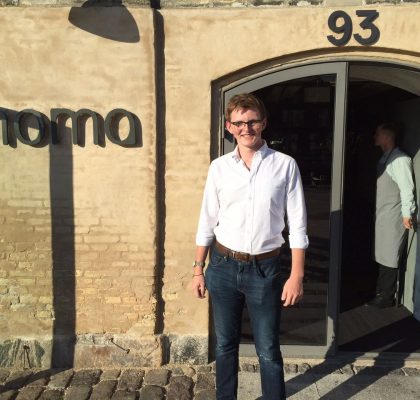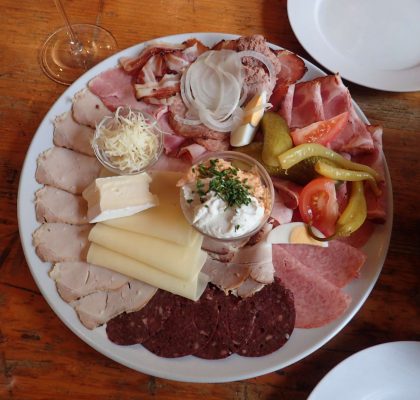The bus out of Berlin was uneventful – uneventful in that nothing broke down, there were no near-death experiences on the road, and nobody on board the bus was trying to sell fake leather belts. Oh wait, that’s normal… isn’t it? Being in a Developed Country™ takes a little getting used to.
The main event of the journey was the ferry ride across the Baltic, from Germany to Denmark. The bleak industrial port of Rostock gave a fittingly East-German sendoff: grey skies, cranes, shipping containers. Industrial shipping companies seemed to make up for the lack of tourism – or colour, for that matter. Speaking of tourists, though, the majority of people outside the bus taking the ferry crossing seemed to be retirees who had – for some unknown reason – decided to bike through Europe. The sleek, high-tech bikes and custom-built rear-wheel load panels made me laugh to myself as I remembered my Austrian friend’s setup (the one who biked Istanbul – Vienna): a rickety old bike with an ancient backpack practically velcroed to the granny basket on the front.
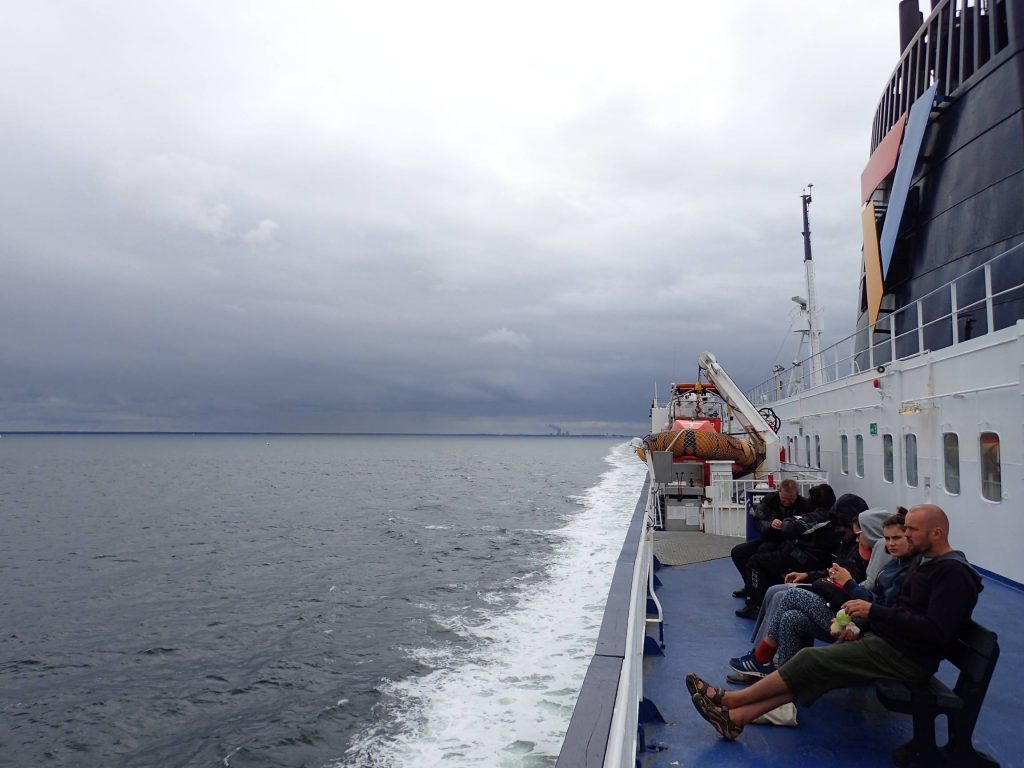
In contrast to the gloom outside, inside the ferry was a cheerful booze-fest. Cars and buses parked in the enormous cargo bay, all the passengers were greeted to a heated upper deck by a quad-lingual intercom informing them of alcohol specials and ridiculously overpriced coffee ($7 AUD).
In the same way that the Austria – Czech Republic border is full of discount stores and casinos, the Germany – Denmark border is also full of shops – the difference being that the German side sells exclusively alcohol. There’s an amusing chain of alcohol through Northern Europe: the Norwegians go to Sweden for cheap booze, the Swedes to Denmark (or Estonia), the Danes to Germany, the Germans to the Czech Republic, and so on, until you find yourself buying bathtub moonshine from a toothless man in Uzbekistan. All (alcohol) roads lead to central Asia.
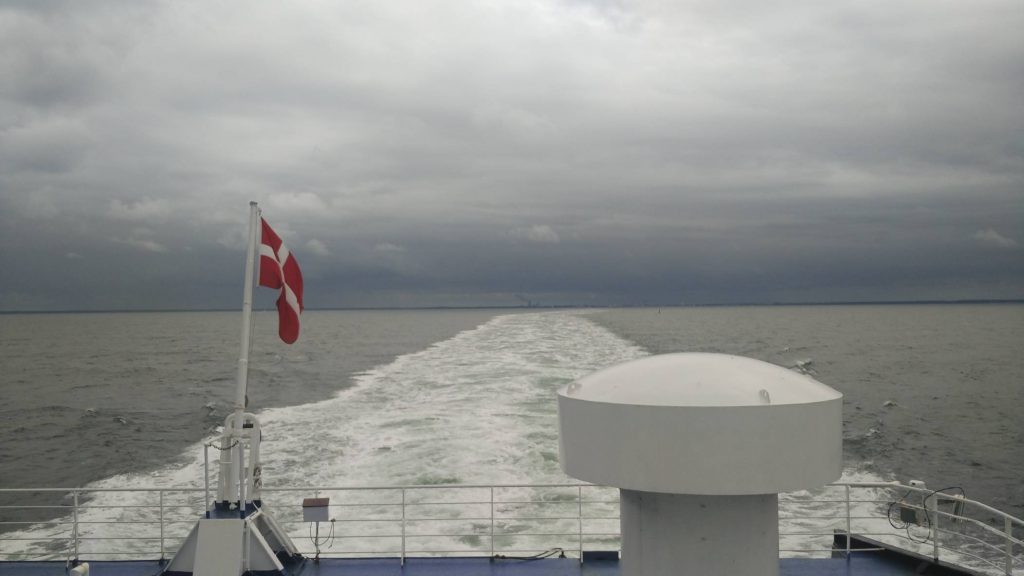
In my case, I technically crossed the border to Denmark on the ferry from Rostock. That didn’t stop anyone getting their booze, though, with a revolving door of Danes heading in and out of the duty-free shop. Disembarking, it wasn’t uncommon to see women carrying two 3-litre boxes of wine, or men hoisting three pallets of Carlsberg at once. I even saw a pram full to the brim with cans of beer, the disgruntled-looking child displaced and trailing behind.
There was a strange sense of finality to that ferry crossing: the last country border, my destination practically in sight. The whole thing was almost over…
I was woken up by the halt of the bus engine – I was in Copenhagen. Despite the grey, cloudy skies and light drizzle, the place still looked like it was straight out of a fairytale. Well, that was probably because the bus had stopped outside Copenhagen’s fairground, Tivoli. Technically a godless wasteland of socialism, the Danes still make it work: according to some surveys they’re the happiest people on earth. Much hypothesizing has gone into why this is, from high levels of trust (you can trust that politicians are actually working in the peoples’ interests – and that your neighbor is paying his tax) to the notorious Jante Law. The latter is an invisible social set of ‘laws’ including things like ‘You must not think you are special’, ‘You must not think you are smarter than anyone else’, and ‘You must not think you are good at anything’. Enough of the sociology lesson, though – if you want to read up on the region there’s an excellent book called ‘The Almost Nearly Perfect People’ which I would highly recommend.
I winced as I paid for a bed in a 12-sleeper room at the cheapest hostel in town: $45 AUD/night – ah, to be back in Asia… Dinner was a burger eaten with a Norwegian photographer on assignment for a magazine. According to him, the beer there was cheap (“Just fifty crowns!” ($10 AUD)).
I took a lengthy evening walk around the city – one of the perks of Scandinavian summer is that the sun doesn’t set ‘til about 9:30pm, and even then it’s light until 10:30. I noticed an unusually large number of people staring at their phones, even when travelling in twos or threes. It was only when I found what could have been mistaken for an impromptu street party that I realized what was going on: Pokemon Go had been released a week beforehand, and the streets of Copenhagen were clogged with fresh addicts.
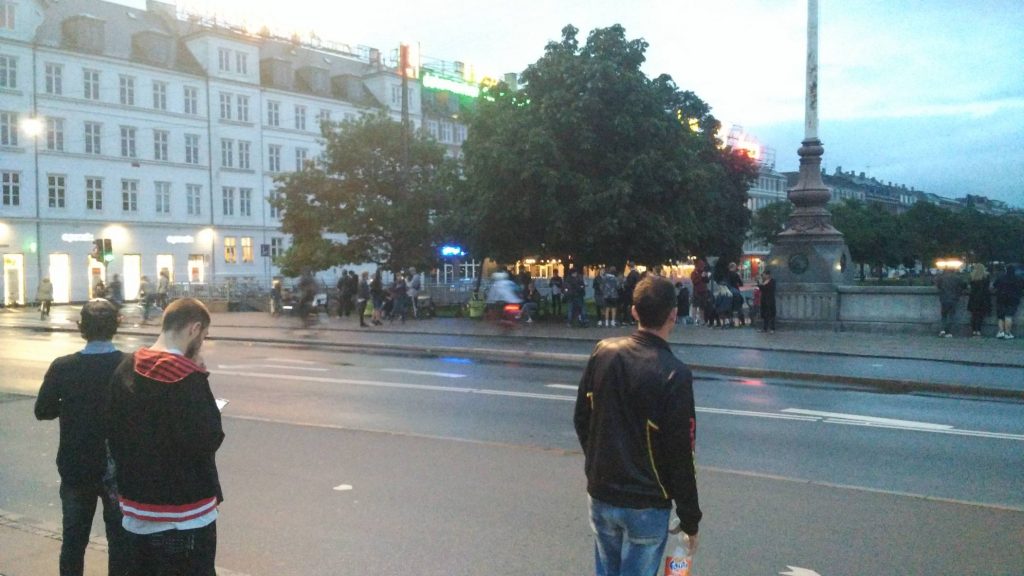
Most of the buildings in the city centre seemed to be a ruthlessly homogenous Scandinavian gothic/chic – half Danish modernist design, half ex-royalty residences. It’s really quite pretty, especially in the extended evening light.
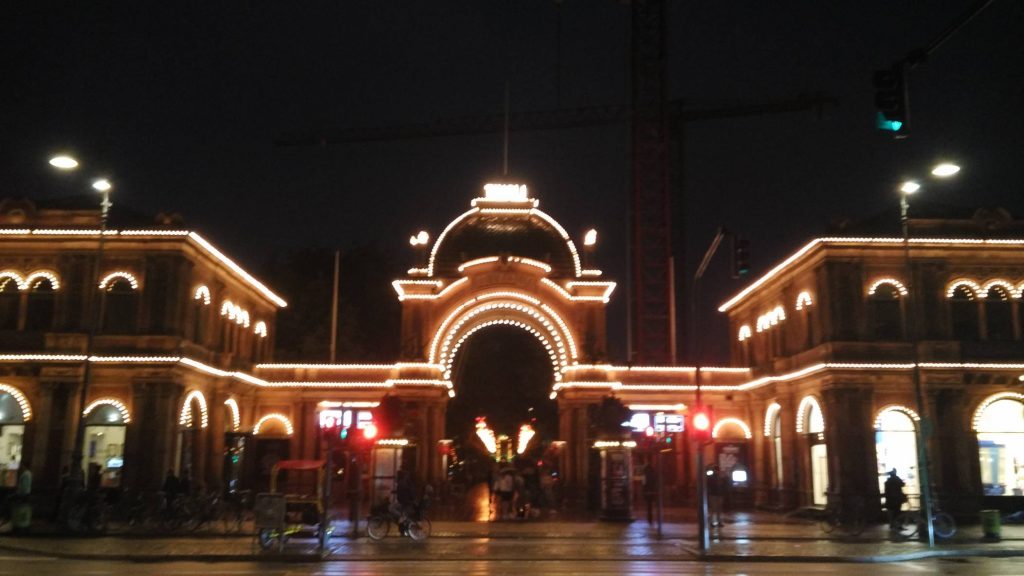
The next day, the first of the exchange friends arrived – it had begun! We were now three of a final twelve. More importantly, there was just one day left until the booking at Noma. What else to do than sightsee and eat ourselves silly?

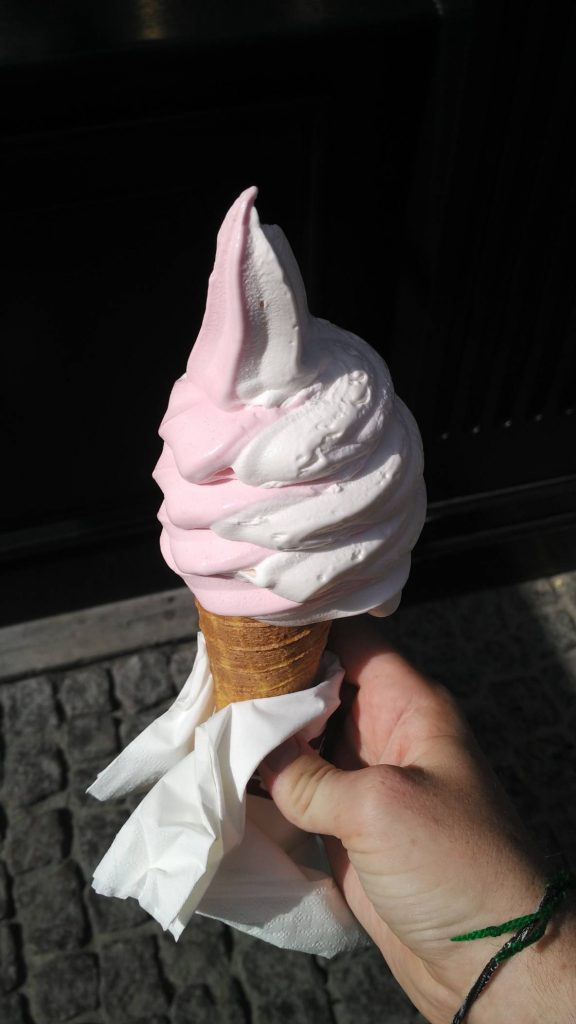

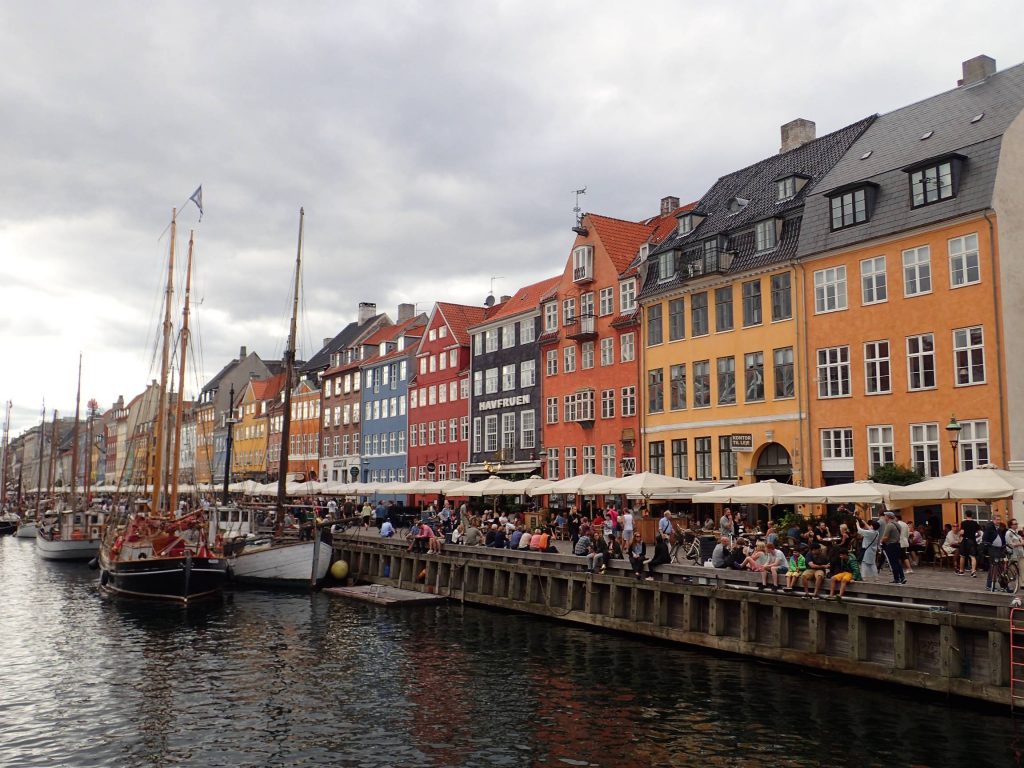
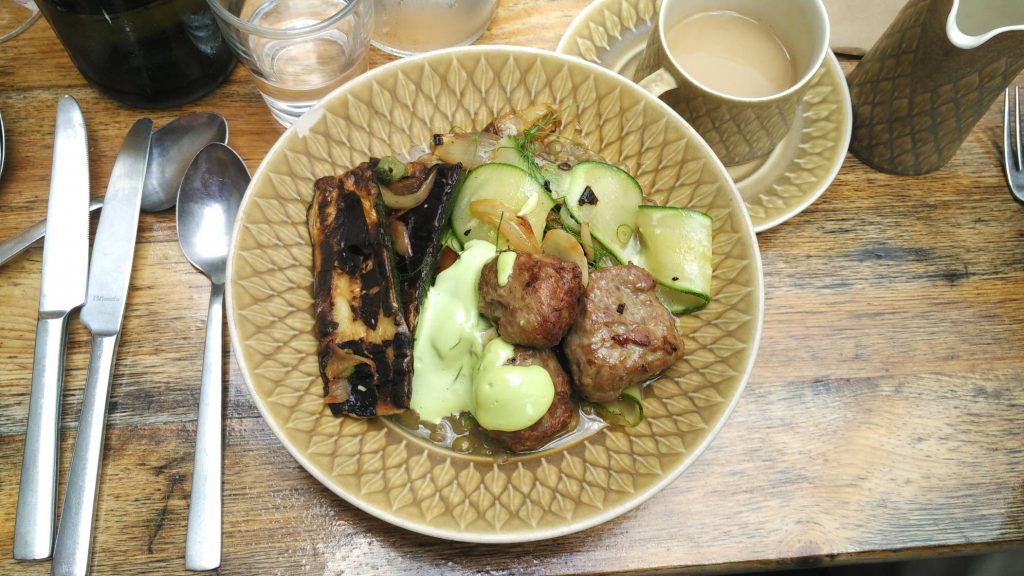

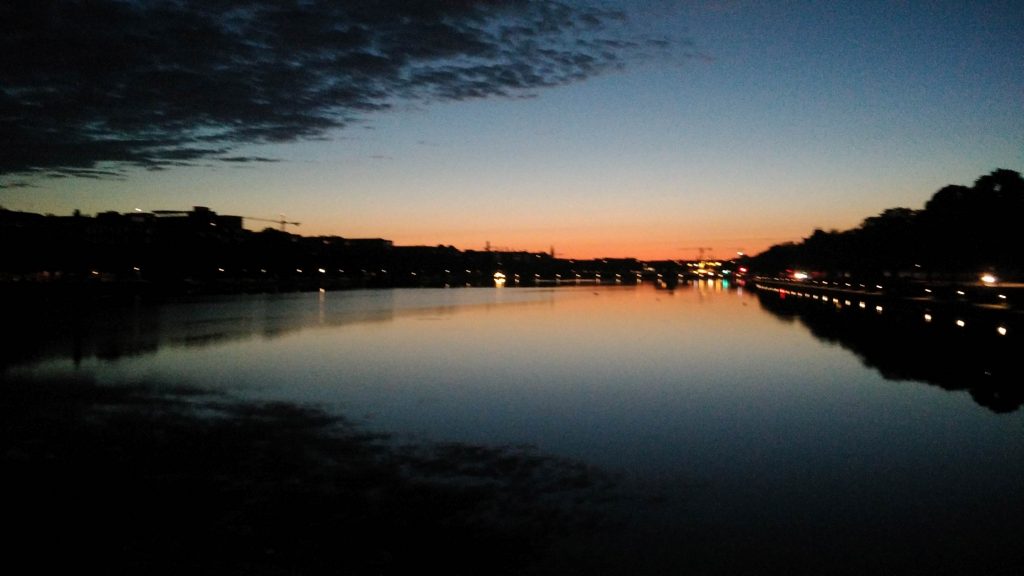
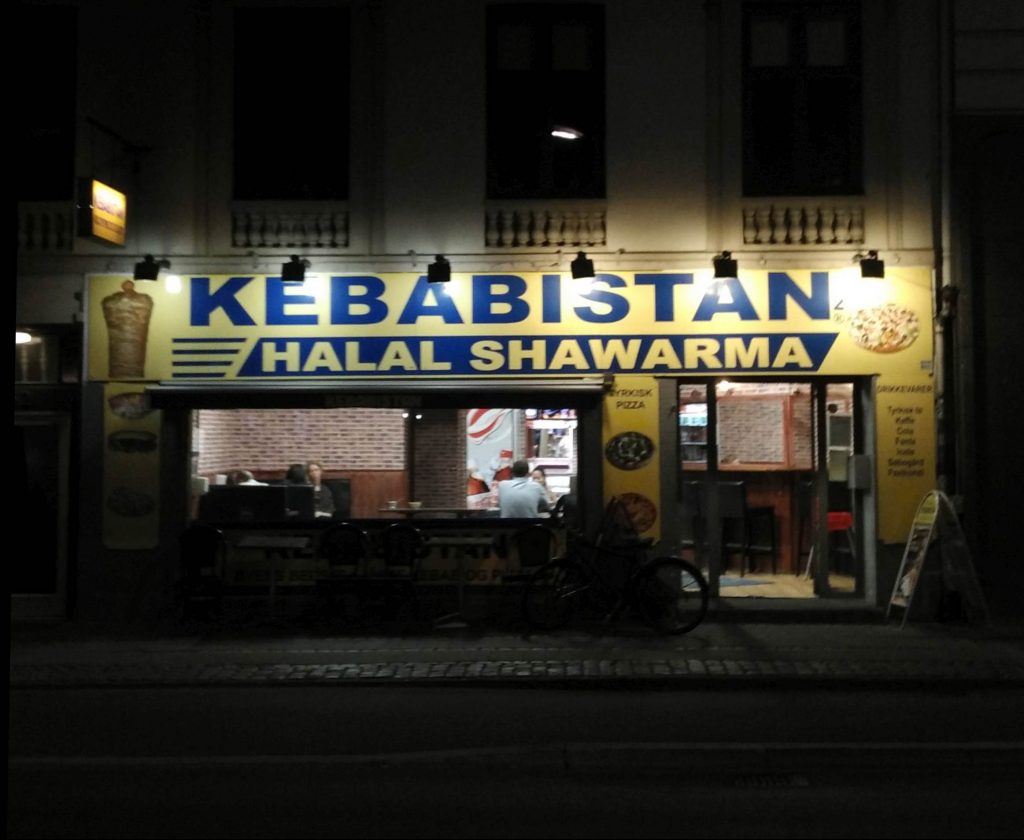
And finally, in anticipation of the next day, I couldn’t resist visiting:
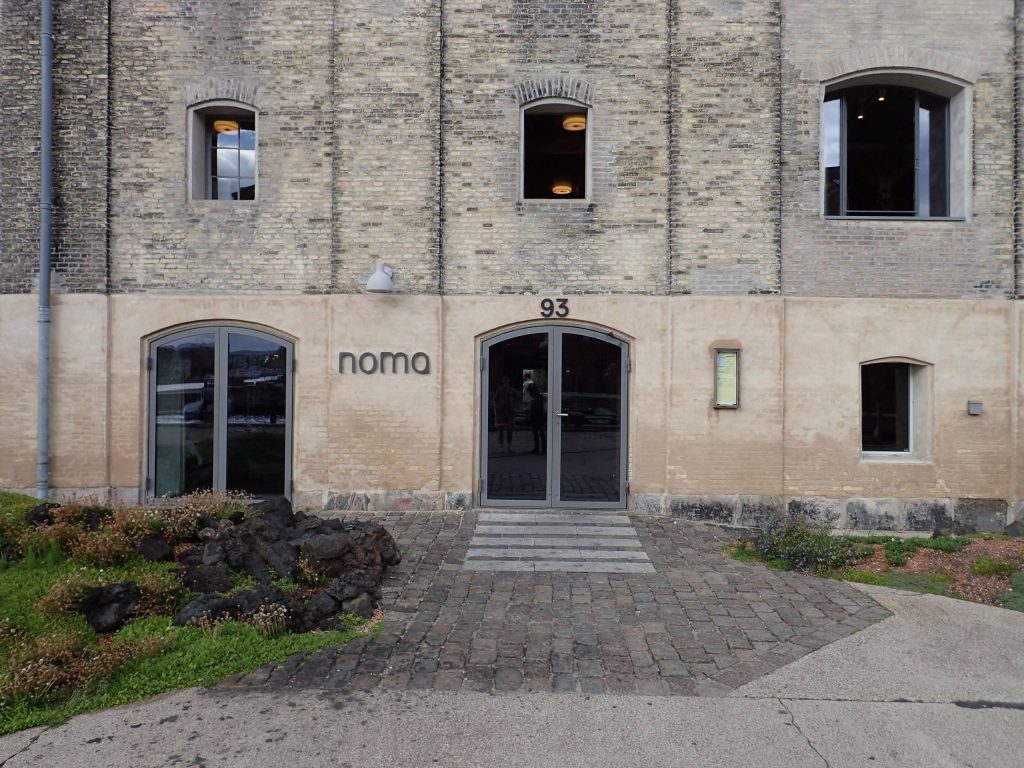
‘Til next time,
– Alex
